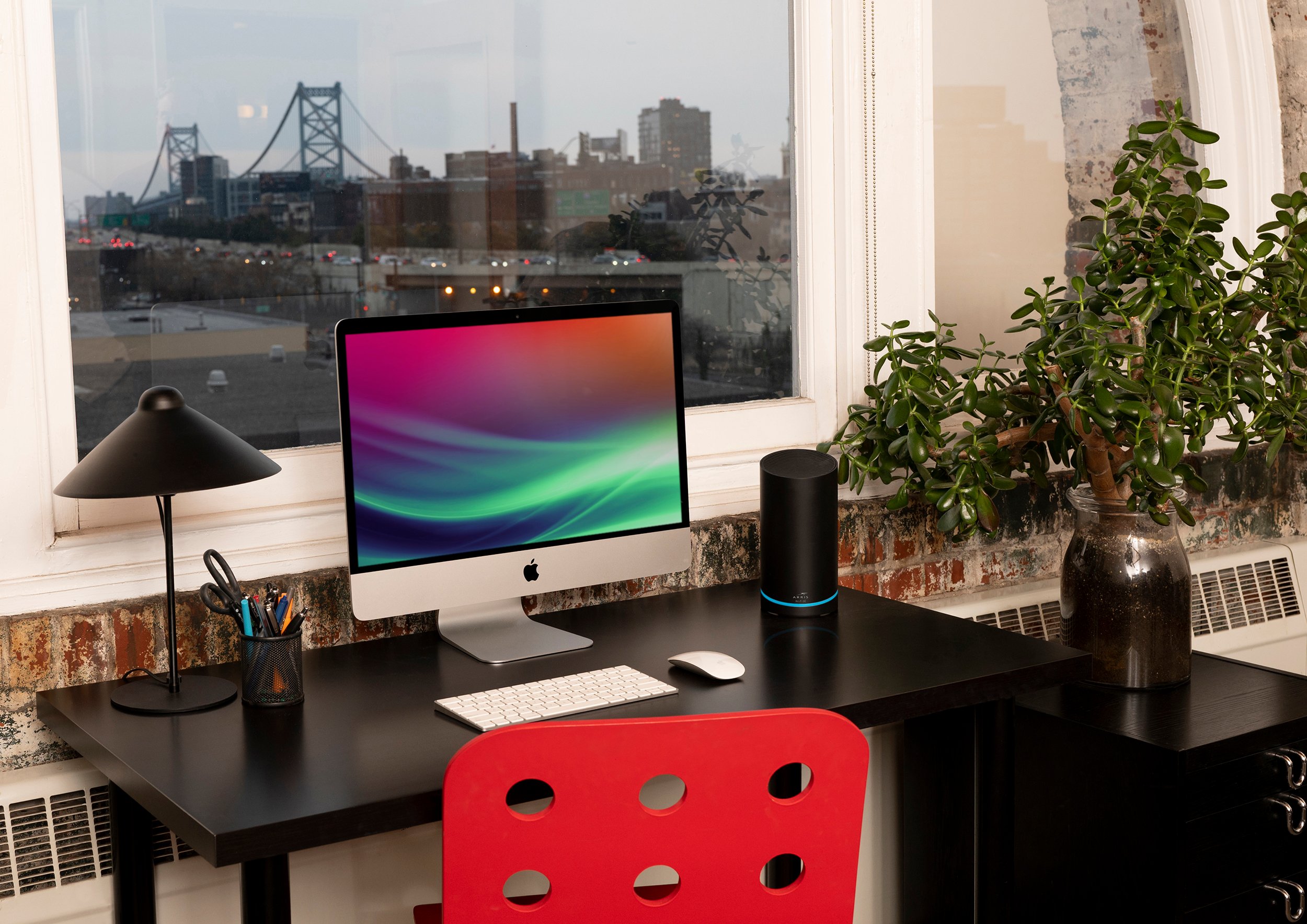According to analysts at Forrester, digital engagement will impact over half of European in-store sales by 2021, whether as a direct transaction or a significant influence on in-store sales. This is because the brick-and-mortar customer journey is more personalized and predictive than ever before. For example, ads and snap sales can be tailored to fit individual customer profiles and preferences, while many product showrooms support interactive smart screens and personalized augmented reality (AR) apps that allow customers to ‘try on’ makeup or place couches in virtual living rooms. Moreover, in-store transactions are no longer tethered to a checkout counter, while delivery options range from in-store pickup to same-day drop-offs at home or work.

From our perspective, future brick-and-mortar stores will continue to seamlessly merge the offline and online experience, thereby enabling retail establishments to offer truly omni-channel solutions. However, as Leslie Hand, VP of Retail Insights at IDC notes, “stable, fast Wi-Fi is foundational for store technologies to work.” This is precisely why retailers have begun upgrading their network infrastructure with faster Wi-Fi 6 (802.11ax) access points (APs) and multi-gigabit switches to support a wide range of connected in-store infrastructure and applications, along with an increasing number of customer devices and the delivery of bandwidth-demanding AR and 4K content. Indeed, fast, reliable and ubiquitous Wi-Fi is critical for stores that are creating targeted offers and personalized experiences for customers such as those mentioned above. More specifically, Wi-Fi can capture detailed in-store analytic apps by tracking foot traffic and generating shopper heat maps, as well as recording dwell time in an aisle or time spent next to a specific shelf or item (smart shelving). Combined with purchase history (unique, loyal or returning) and a record of customer preferences, this valuable data allows retailers to push truly personalized offers, solicit feedback via surveys, support proximity marketing campaigns, optimize inventory management and bolster customer service.
Wi-Fi enables a digital transformation
Let’s take a closer look at how Wi-Fi is enabling brick-and-mortar shops to undergo a significant digital transformation at both the front (customer facing) and back (operations) of the store. As the image below illustrates, employees with mobile devices are ringing up customers, shoppers are downloading coupons from the branded store app, while digital signage is promoting new products in the background.

Meanwhile, employees in the stock room are scanning new orders from the online store and prepping items for pickup. Last, but certainly not least, data captured by the Wi-Fi network and various transaction systems is being aggregated and analyzed to create even higher levels of efficiencies and customer engagement, all while boosting revenue for retailers. In conclusion, digital is predicted to impact over half of European in-store sales by 2021, whether as a direct transaction or a significant influence on in-store sales. This is because the brick-and-mortar customer journey has become more personalized and predictive in recent years. Consequently, retailers have begun upgrading their network infrastructure with faster Wi-Fi 6 (802.11ax) access points (APs) and multi-gigabit switches to support a wide range of connected in-store infrastructure and applications, along with an increasing number of customer devices and the delivery of bandwidth-demanding AR and 4K content.
Interested in learning more about how Ruckus can help you build a fast and reliable Wi-Fi network for your retail business? You can visit our retail Wi-Fi solutions page here.












